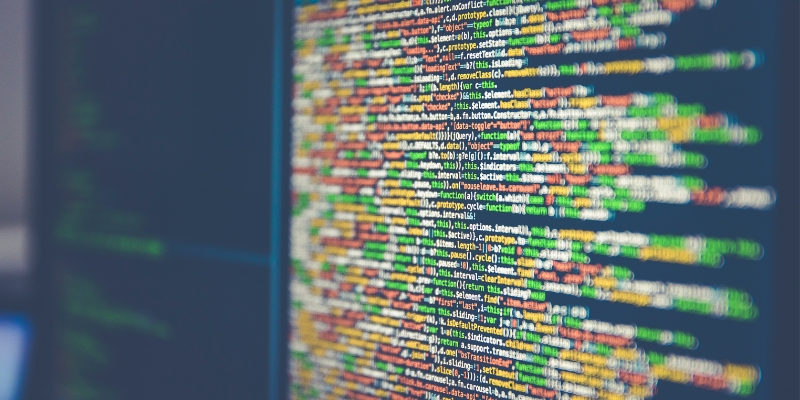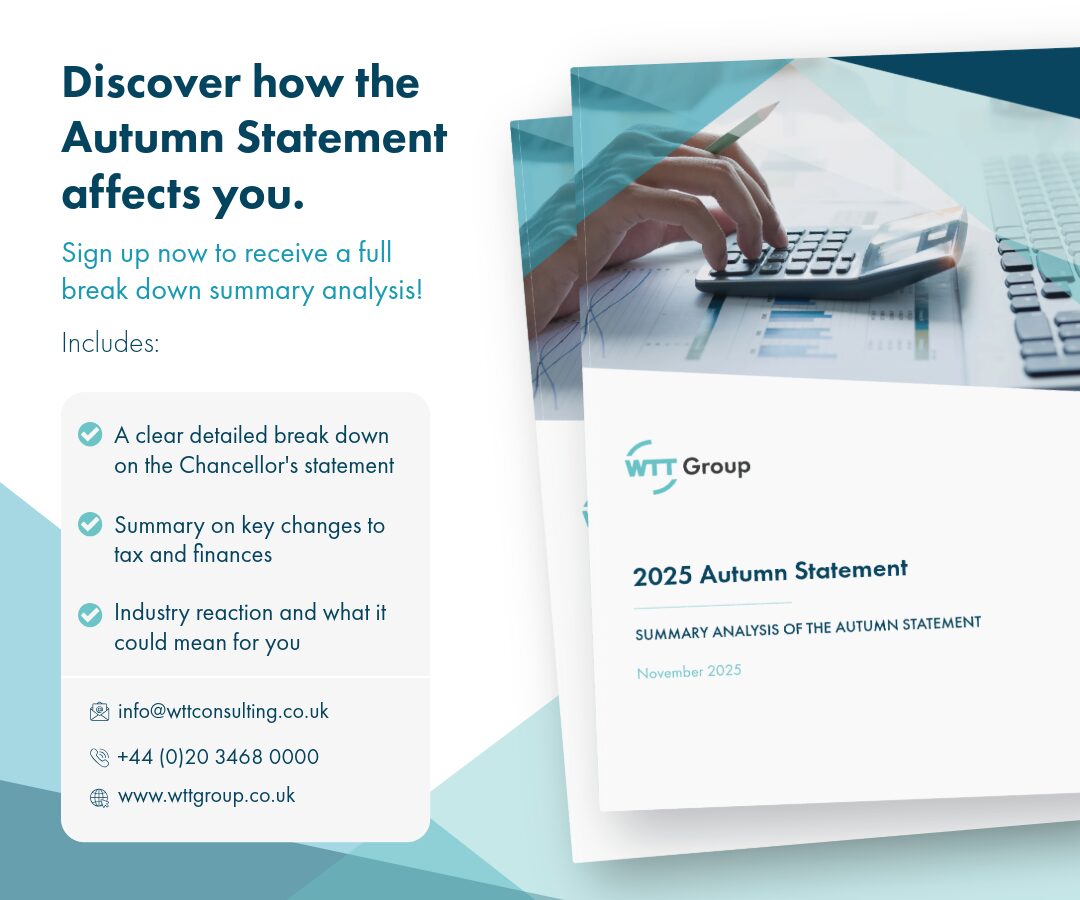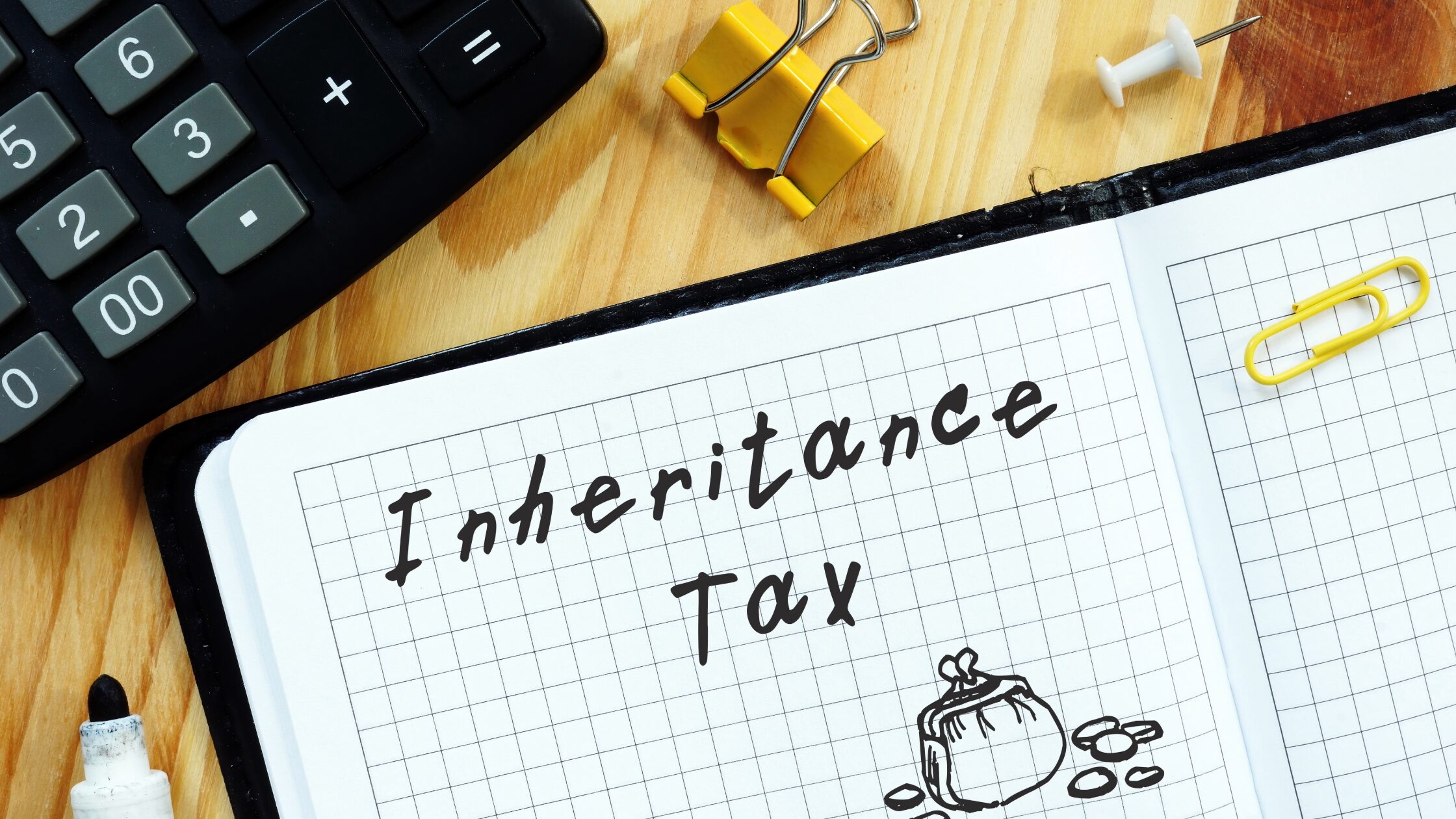Checked & unbalanced
10th December, 2021 I’m often educated by my law trained business partner as to…

Child Benefit Tax Return Rules Are Changing
High-earning parents are soon set to benefit from a simplification to the way they repay back child benefit. Under these upcoming changes announced earlier in the year in the Government’s Spring Statement, many parents will now no longer need to file a Self-Assessment tax return just to pay back the High-Income Child Benefit Charge (HICBC).
The High-Income Child Benefit charge is a tax charge which is payable where a taxpayer or their partner, have an ‘adjusted net income’ in excess of £60,000 and are in receipt of Child Benefit for the year.
It works by effectively clawing back the child benefit at a rate of 1% for every £200 earned over the £60,000 threshold. In circumstances where an individual is receiving an annual income of £80,000 or more, the child benefit payment is subsequently withdrawn completely.
Currently, the High-Income Child Benefit Charge is collected through Self-Assessment. This means that anyone who is liable for the charge must register with HMRC and submit an annual Self-Assessment tax return, even if they are already employed and paying tax through PAYE. This requirement applies solely due to the HICBC, and for many, it is the only reason they need to complete a tax return.
From the 2025/26 tax year, most affected taxpayers will be able to pay the charge through their tax code, allowing HMRC to collect the right amount automatically from their payslip. This change means that many high-earning parents will no longer need to submit a Self-Assessment return just for the HICBC. This is a welcomed change for most, saving time, reducing paperwork, and lowering the risk of late filing penalties.
While the method of paying the charge is changing, it’s important to clarify that the underlying rules of the HICBC are not. That means that:
Example
For the 2025/26 tax year, a taxpayer with an adjusted net income of £70,000 who claims child benefit for two children would be subject to the High-Income Child Benefit Charge. The weekly child benefit rates are £26.05 for the first child and £17.25 for the second, resulting in a total annual benefit of £2,251.60.
Since the taxpayer’s income exceeds the £60,000 threshold by £10,000, and the charge increases by 1% for every £200 over this limit, 50% of the child benefit must be repaid. This equates to a HICBC of £1,125.80, which would be collected either through Self-Assessment or, under the new rules being introduced, directly through the taxpayer’s PAYE tax code.
If their income were to exceed £80,000, the full amount of child benefit received would need to be repaid.
The upcoming change to HICBC repayment is a welcomed simplification for thousands of families. However, if you’re self-employed, have multiple sources of income, or your earnings vary significantly year to year, it’s likely you’ll still need to file a Self-Assessment to account for the HICBC.
Navigating HICBC can be complex, particularly with changing thresholds and tapered repayment rates. Engaging with an experienced tax adviser or accountant can help you understand how the charge applies to your specific circumstances, calculate your potential liability accurately, and ensure you remain compliant with HMRC.
 Article
Article
10th December, 2021 I’m often educated by my law trained business partner as to…
 Article
Article
2nd July, 2021 Crypto Tax- What can we learn from the US? Introduction The…
 Article
Article
Inheritance Tax (IHT) is one of the most significant considerations in long-term wealth planning,…
 Article
Article
What the Autumn Budget 2025 Means for You Rachel Reeves delivered this year’s Autumn…
 Article
Article
Demystifying Inheritance Tax Misconceptions Inheritance Tax (IHT) is one of the most complex and…
We’d love to hear from you!
Whether you simply have a quick question, or were seeking a more formal conversation to discuss your tax needs, drop your details here and we will be in touch! Alternatively, you can contact us on +44 (0)20 3468 0000.